The final quarter of 2025 fast approaches – and in the sunsetting of a year marked by many rounded milestones and preparatory reforms, Vietnam strives for closure on an urban management agenda designed to set the foundation for its new “Era of Rising”.
After 80 years of independence and 50 years of reunification and “Đổi Mới” (Renovation), Vietnam is preparing to usher in its next chapter of nation-building, with the date for the country’s 14th National Party Congress set for early 2026.
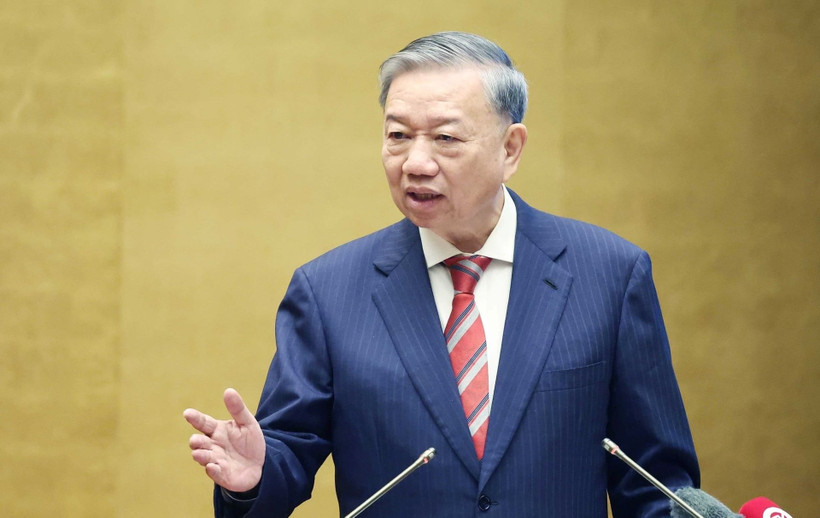
According to Open Development Vietnam, the country’s urban population increased to nearly 40 per cent in 2023, up from 19 per cent in the late 1990s.
As the pace of urban development re-shapes the functionality and habits of the country’s major city centers, the government wants those changes to come with an associated uplift in aesthetic appeal, cultural habits and living standard.
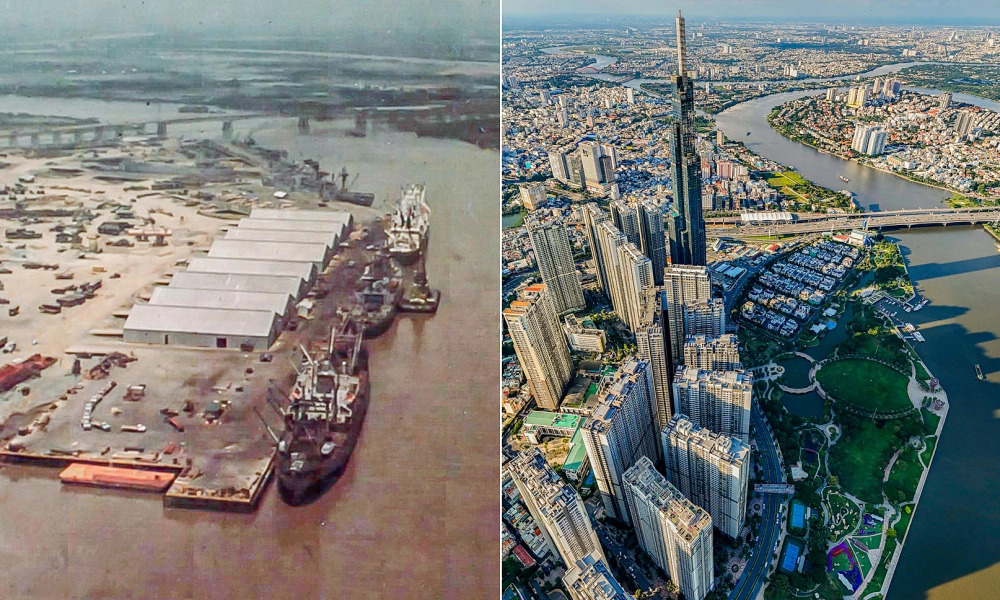
Here’s a rundown of some of the material elements we may no longer see in Vietnam by the end of 2025 as the country heads into its new era of growth and development.
Substandard & dilapidated housing in Vietnam
Among one of the achievements being celebrated ahead of the 14th National Congress is the successful elimination of “temporary and dilapidated housing” across the country – reportedly five years ahead of schedule.
Vietnam Legal Forum reported in late August that “for the first time in history, no Vietnamese citizen will have to live in unsafe, makeshift shelters” - a target initially set for 2030, but accomplished “five years and four months ahead of schedule.”
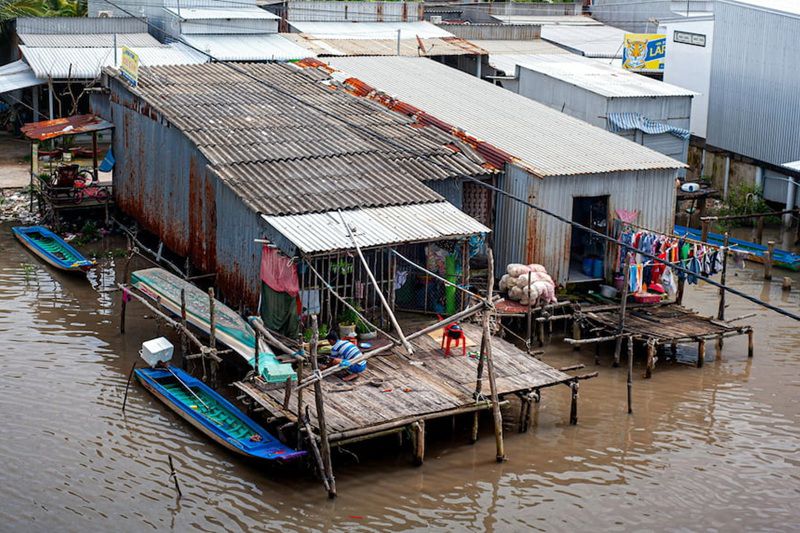
The housing construction and repair movement was launched on April 13, 2024.
In Ho Chi Minh City (HCMC), the campaign kicked off in earnest at the end of December 2024 with an April 30, 2025 completion date for the renovation or reconstruction of 323 identified “poor and near-poor households.” That timeline was reportedly met early, with local media in April reporting the program to eliminate substandard housing in HCMC had been fulfilled with USD$960,000 investment, and efforts then expanding to rural localities in Ca Mau, Kon Tum, Ben Tre and Lao Cai.
By August 2025, the program was being hailed as “effectively complete”, with more than 330,000 makeshift and dilapidated houses rebuilt under a 1.9 billion USD budget according to the Ministry of Ethnic and Religious Affairs.
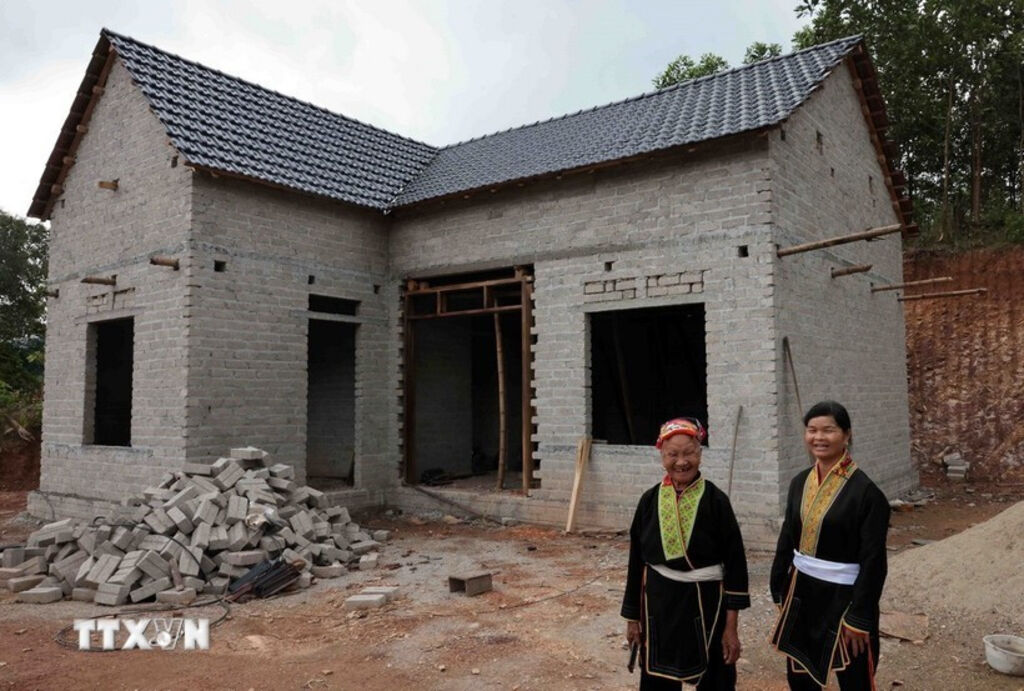
Prime Minister Pham Minh Chinh calls the overall effort an example of the type of breakthrough policy required to secure a Vietnam with no more poor households by 2030.
Makeshift & temporary markets in Hanoi
In Hanoi, city authorities are renewing calls for the elimination of informal and makeshift markets by the end of 2025.
According to the Hanoi Department of Industry and Trade, Vietnam’s capital has nearly 460 markets of differing types, many in various states of deterioration. The Hanoi Times reports 85 of that number are makeshift markets, often located in Hoan Kiem Ward areas such as Hang Da, Cua Nam and Cho Mo, and deeply woven into the fabric of Hanoian daily life.
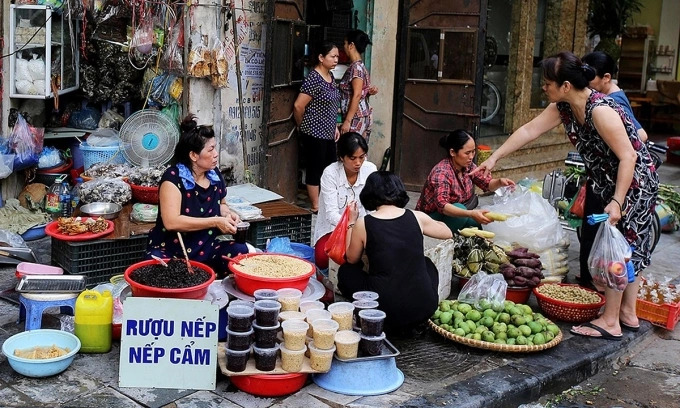
In mid-August, the Hanoi People’s Committee reportedly issued a directive for local authorities to fully implement a council resolution for the permanent removal of “unplanned wet markets, makeshift trading spots, and small-scale unregistered slaughterhouses” within Hanoi.
The order tasks the municipal Department of Industry and Trade with the task of coordinating the dismantling effort, while local officials are expected to lead clearance schedules and ensure the maintenance of order following removal.
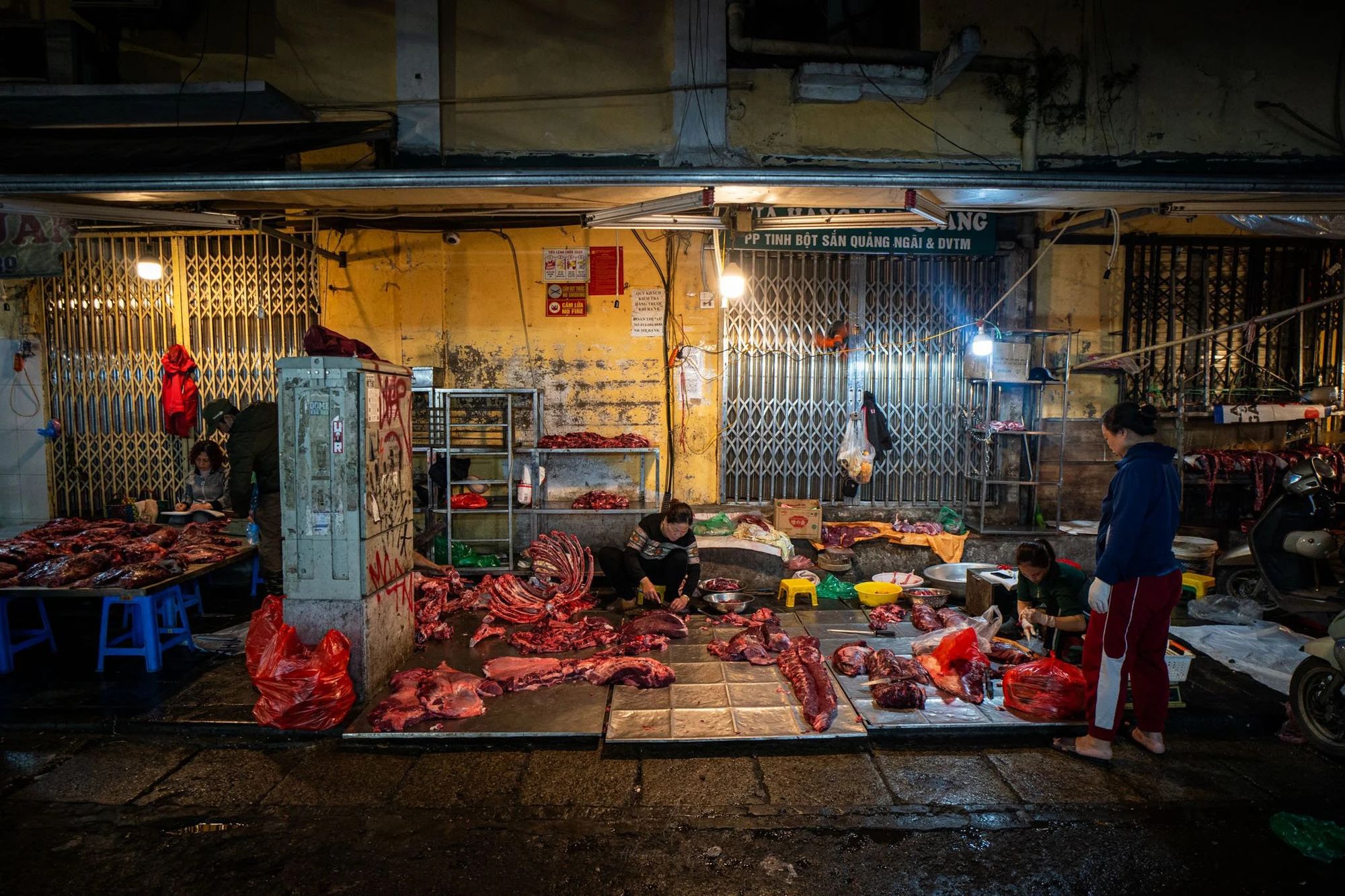
A department representative speaking to Vietnam News suggests the clearance of makeshift markets is “not just about regulating prices and quality, but also about improving the city’s image” as part of broader urban management efforts.
While it’s hoped the ban will deliver improvements to traffic safety, hygiene, and urban aesthetic, Hanoi’s informal markets are a manifestation of generational habit – a cultural marker which will require major adjustments to local habit and lifestyle.
Sidewalk leasing fees in Ho Chi Minh City
In September, HCMC scrapped a sidewalk leasing policy which required street vendors to seek licenses for commercial activities taking place on Vietnam’s pavements.
The regulation of HCMC’s “sidewalk economy” had been largely accepted by local vendors during the year in which the policy operated, described as a way to offer legitimacy to another generational activity which was beginning to face uncertainty amid the city’s pursuit of urban beautification and improved pedestrian accessibility.
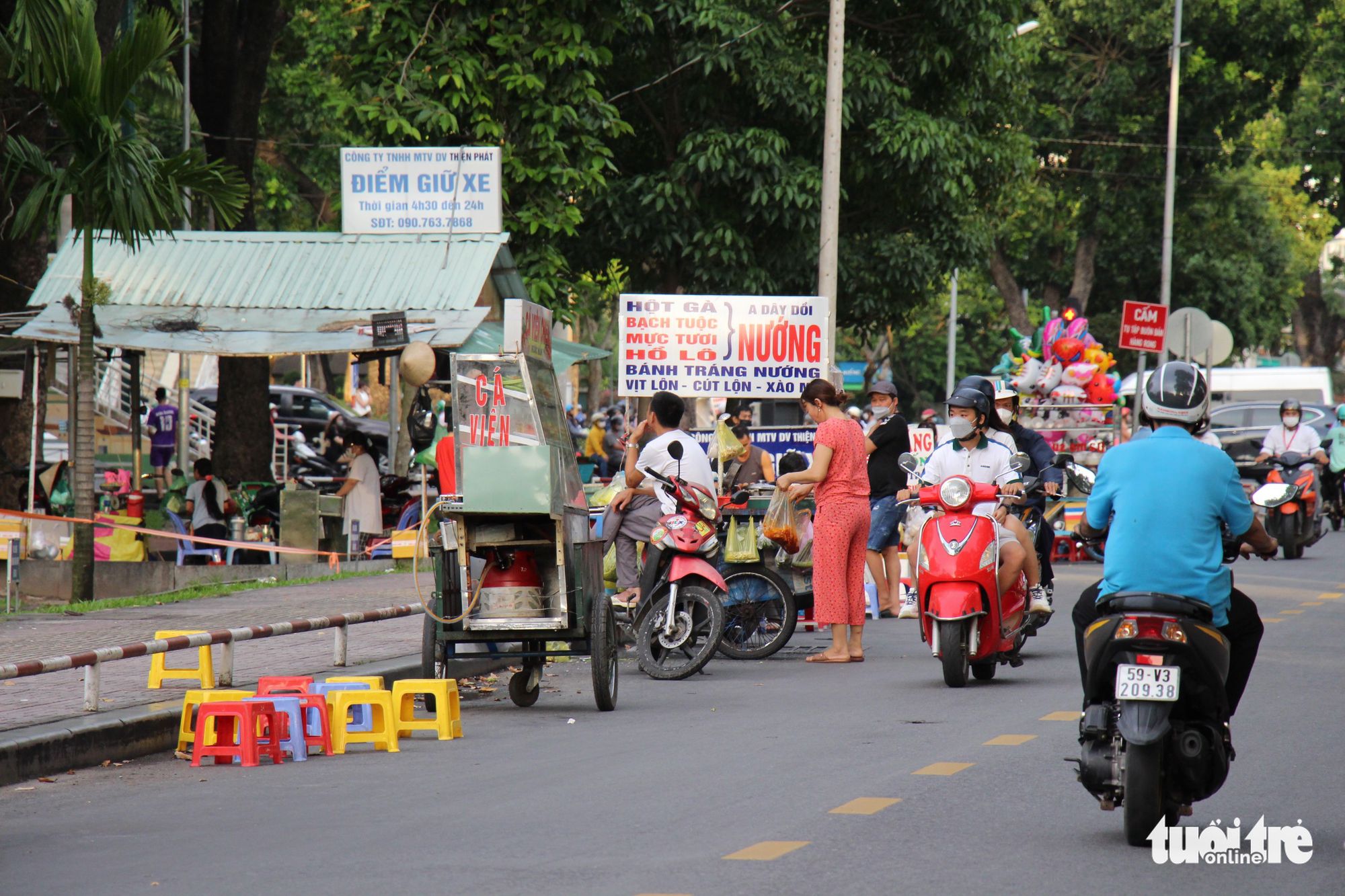
While the fee-collection model was initially introduced to prevent sidewalk encroachment and improve safe walkability within core parts of the city, the abolition of the scheme this year marks the beginning of a new – and likely tougher direction – in the country’s urban management regime.
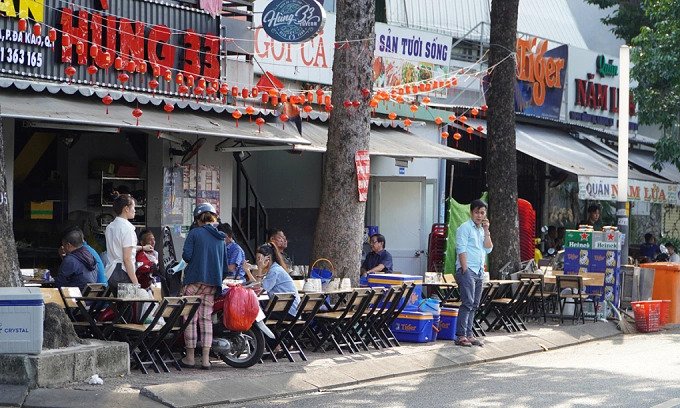
Vietnam’s new Road and Traffic Law, which came into effect at the start of this year, now overrides the authority of provincial-level People’s Committees to regulate sidewalks and roadways. Adding difficulty to a policy which was always destined to be temporary was the issue of ongoing and patchwork enforcement – a common challenge which has also complicated Hanoi’s process of removing makeshift markets.
For now, while HCMC’s street vendors are no longer required to seek licences for business practices once their existing licenses expire, there’s no telling what the longer term picture for the city’s vibrant sidewalk community may look like.
